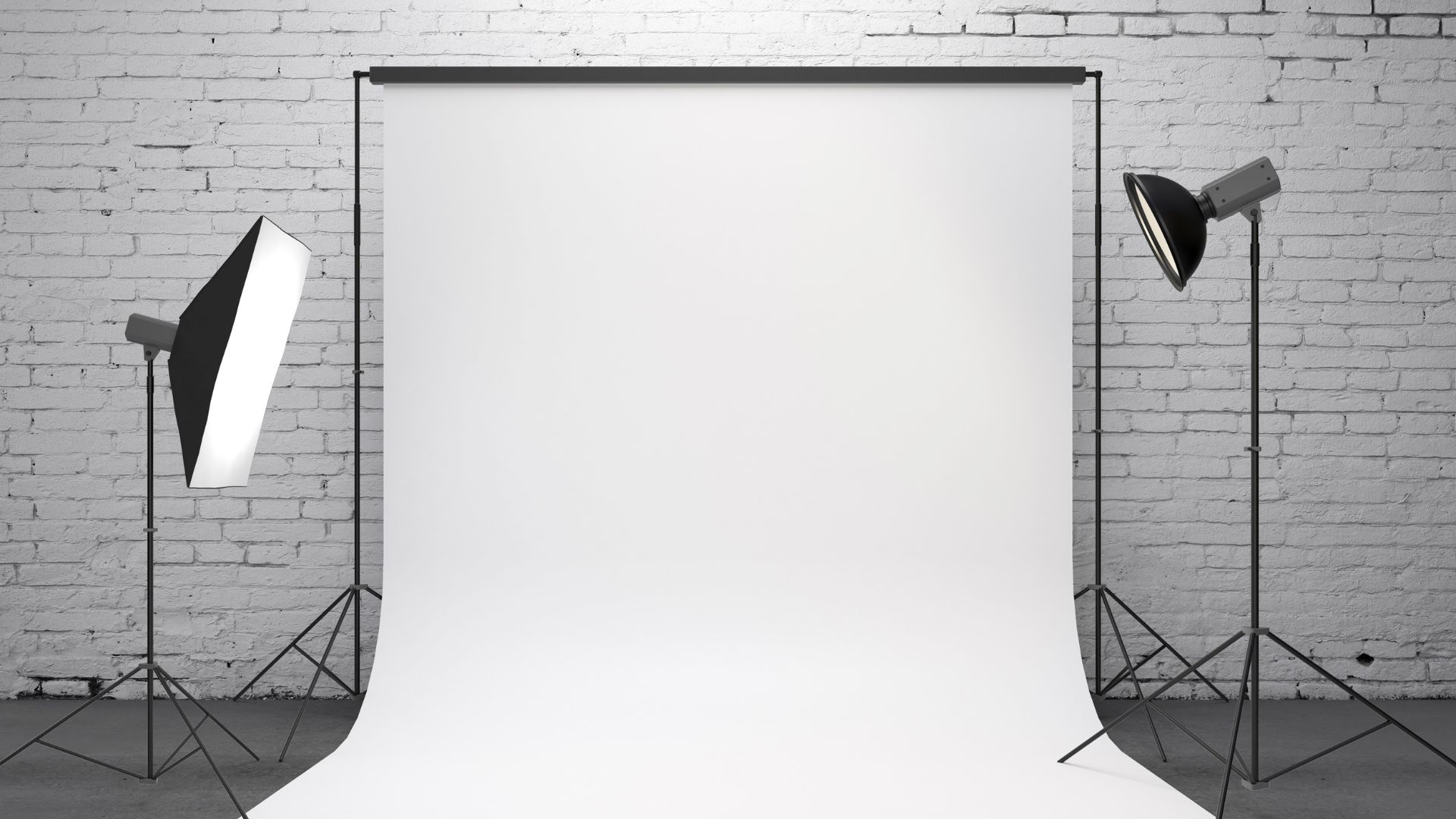Strobe Photography
As an expert in photography, I delve into the captivating world of strobe photography. This technique involves using flash units to freeze motion, illuminate subjects, and add creative effects to images. When exploring strobe photography, one must understand how to manipulate light effectively to achieve stunning results.
In strobe photography, mastering the balance between ambient light and flash exposure is crucial. Understanding concepts such as flash duration, power output, and light modifiers play a significant role in creating visually striking photographs. Experimenting with different settings and techniques allows me to push the boundaries of creativity in my photographic work.
Whether capturing dynamic action shots or crafting artistic portraits, strobe photography offers endless possibilities for visual storytelling. By harnessing the power of artificial lighting, I can control the mood, atmosphere, and focus of my images with precision. Join me on this journey as we uncover the magic of strobe photography together.
Understanding Strobe Photography
When delving into the realm of strobe photography, it’s crucial to grasp the fundamental concept behind this technique. Essentially, strobe photography involves using flashes of light from a strobe unit to illuminate a scene or subject. These bursts of light are brief yet powerful, freezing motion and capturing crisp details in a way that traditional continuous lighting cannot.
In strobe photography, timing is everything. The ability to control when and how these bursts of light occur allows photographers to experiment with various effects such as freezing fast-paced action or creating dramatic shadows. By mastering the art of timing, one can elevate their images to new heights, adding depth and dimension that bring subjects to life.
Experimentation lies at the heart of strobe photography. Whether you’re exploring high-speed sync capabilities or playing with multiple flash setups, pushing boundaries and thinking outside the box can lead to stunning results. Embrace trial and error; don’t be afraid to adjust settings, move lights around, and test different techniques until you achieve the desired outcome.
To truly harness the power of strobe photography, understanding your equipment is key. Familiarize yourself with your strobe units’ features, learn about lighting modifiers that can shape and soften light, and practice honing your skills through hands-on experience. Remember, each click of the shutter presents an opportunity for growth and creativity in the captivating world of strobe photography.
Essential Equipment for Strobe Photography
When diving into the world of strobe photography, having the RIGHT EQUIPMENT is crucial to achieving stunning results. Here are some ESSENTIAL tools every aspiring photographer should consider investing in:
- Camera with Manual Mode: It’s essential to have a camera that allows you to control settings like aperture, shutter speed, and ISO manually. This level of CONTROL is key when working with strobes.
- External Flash Units: External flash units, also known as STROBES, are indispensable for adding artificial light to your scenes. They provide more POWER and FLEXIBILITY compared to built-in flashes.
- Light Modifiers: Light modifiers such as SOFTBOXES and UMBRELLAS help diffuse and soften the harsh light from strobes, creating a more NATURAL and pleasing lighting effect.
- Light Stands and Mounts: To properly POSITION your lights, sturdy light stands are necessary. Using mounts like BOOM ARMS can also give you greater VERSATILITY in directing the light.
- Remote Triggers: Remote triggers allow you to wirelessly FIRE your strobes without needing direct contact. This convenience comes in handy when setting up complex lighting arrangements or shooting from a distance.
Investing in these pieces of equipment will not only enhance your strobe photography but also give you more CREATIVE FREEDOM to experiment with different lighting techniques. Remember, quality gear can make a significant difference in the overall outcome of your images!
Summing up, strobe photography adds depth and dimension to images by introducing controlled bursts of light. With the ability to freeze motion and illuminate subjects in a creative way, strobes are a valuable tool for photographers looking to enhance their work.
In this article, I’ve covered various aspects of strobe photography, including equipment needed, techniques for capturing stunning shots, and tips for achieving optimal results. By mastering the art of using strobes effectively, photographers can elevate their photos to new levels.
